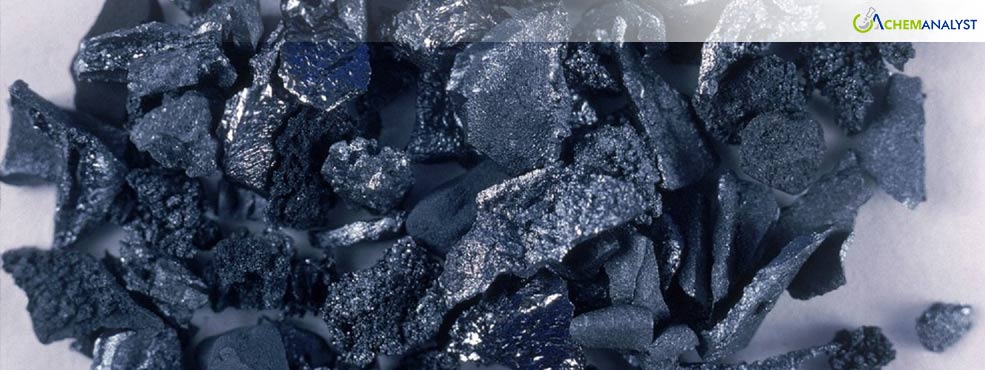Boron Prices Fall in U.S. and China Amid Weak Demand, Recovery Expected Ahead
- 15-Oct-2024 5:35 PM
- Journalist: Jacob Kutchner
In September, Boron prices saw a significant decline in both Asian and American markets, largely due to weak demand from downstream sectors and falling freight rates.
In the United States, the automotive industry, a key consumer of Boron-derived products, faced significant challenges. US vehicle sales plummeted by 17.5% month-over-month in September, indicating a sharp downturn in demand. The oil drilling sector, another major consumer of Boron, also experienced constraints as oil rig counts decreased, leading to reduced demand for Boron-infused drilling fluids and related products. The US economic landscape further contributed to the weakening demand for Boron. While manufacturing activity data remained unchanged from the previous month, overall demand continued to be weak. Companies showed reluctance to invest, largely due to election uncertainty and federal monetary policy concerns. This hesitancy exacerbated the already weak demand for Boron and its related products. Adding to the downward pressure on Boron prices, freight rates on US routes decreased in September, with an additional drop in container rates. This reduction in transportation costs supported the falling prices of Boron imports. The price drop was more significant in the USA, where Boron witnessed a 3% decline.
In China, the Boron market faced its own set of challenges. The price decline of 1.2% was attributed to increased imports from overseas market such asTurkey, facilitated by low freight charges and new production facilities. These factors led to an ample supply of Boron in China, while demand remained stagnant. Chinese manufacturing data revealed a drop-in activity compared to the previous month, with a renewed downturn in new orders. Factory input prices also fell due to lower raw material costs, further contributing to the decline in Boron prices. However, a potential bright spot for Boron demand in China emerged with the China National Offshore Oil Corporation (CNOOC) commencing production from its Wushi 17-2 oilfields development in the Beibu Gulf, South China Sea. CNOOC's plan to construct 28 production wells, 14 water injection wells, and an appraisal and water sourcing well could potentially increase regional demand for Boron.
Although the challenges from the downstream industries exist, industry experts remain optimistic about the Boron market's long-term prospects with a focus on factors such as automotive and oil sector recovery, manufacturing activity, and new industrial projects that could influence demand. According to ChemAnalyst, the Boron market is anticipated to see price increases in the near future, reflecting the growing demand across multiple sectors.



